Over 70 networked Android tablet devices had to be instantly accessible to visitors, via the unique tablet wall display housed within the Welcome Centre.
Mixing old, existing and new technologies meant that multiple failovers, fall-back stacks were put into place in case of device conflicts, allowing graceful degradation of features without impacting the visitor experience.
Make Real was approached by TEQ4 to form a team with a range of subject matter experts and content specialists to develop a concept prototype for a new mixed reality museum installation experience to be showcased at the Kravis Discovery Centre, part of the Gilcrease Museum in Tulsa, Oklahoma.
The purpose was to show how the collection of over 4,000 artefacts from indigenous peoples of the Americas could be brought alive through a mix of technologies, to create a unique interactive and immersive educational attraction.
An initial hardware test was created around three example museum exhibits, to determine grouping mechanisms, visitor flow and AR triggering with 3D-printed objects.
Android tablets were deployed for their relative ease of setup, remote operation and control, app deployment and upgrades, as well as low cost of replacement should be needed. These were locked down into kiosk mode to auto-launch the museum application upon start-up, to ensure idle fingers were unable to access system tools and take units out of operation. Wireless charging cases were deployed to ensure easy pick-up and put-back on their collection stations ensured that the battery was full enough for a guided visit. Finally, the devices were coupled to the iBeacons triggering positional location information about each tablet to ensure they did not leave the museum building unexpectedly.
The tablet application forms the centre of the experience, acting as a grouping and navigation guide tool for visitors, whether following a prescriptive path of discovery, or a free-roam mode allowing them to uncover their own stories of the artefacts held within the museum.
Wide potential age-range of museum visitors meant that content had to encompass a number of educational levels with clear interaction and user flow, user tested in-house and on-site with a range of appropriately aged test subjects.
Technical capabilities and understanding of day-to-day operative staff on-site meant that the final system deployed had to be simple to manage, in terms of starting, stopping and resetting devices, as well as provision of customised welcome messages and admin tablets.
The test phase was a huge success leading to further funding and allowing the museum to expand the space and wide range of exhibits and collection of artefacts held within.
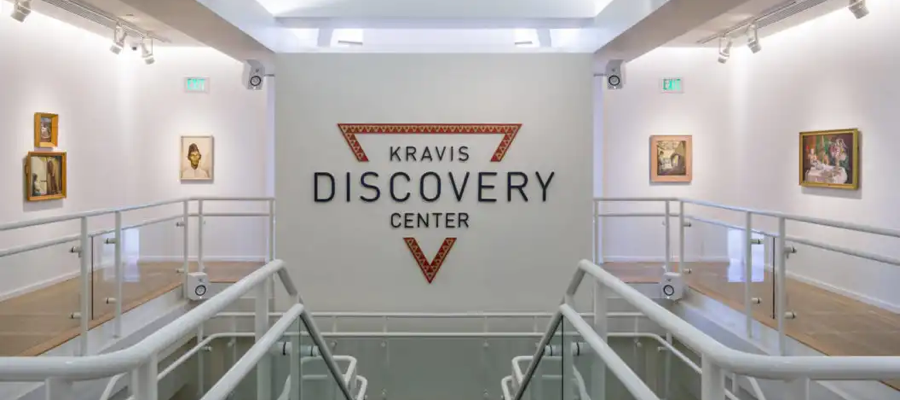
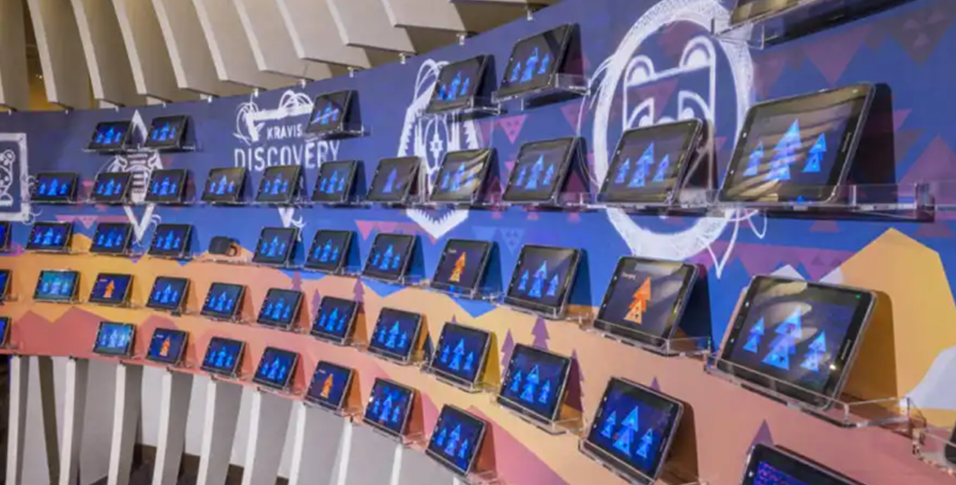
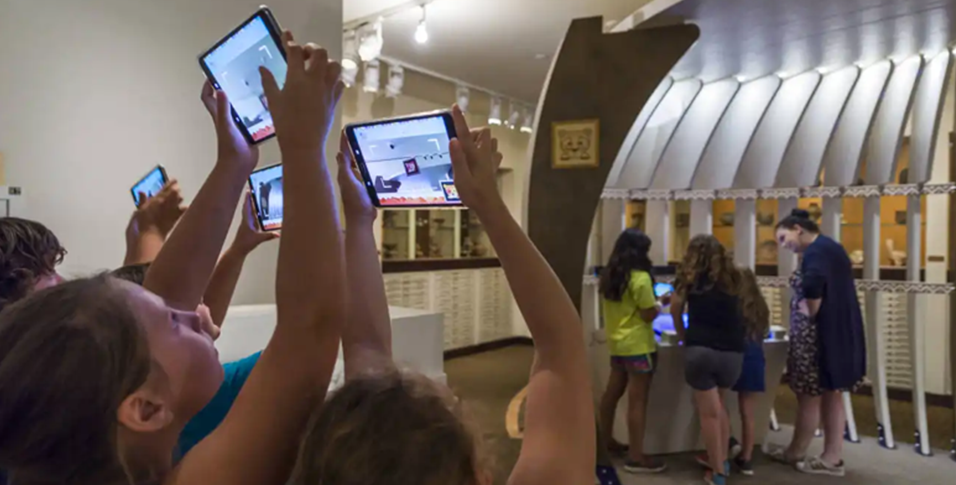
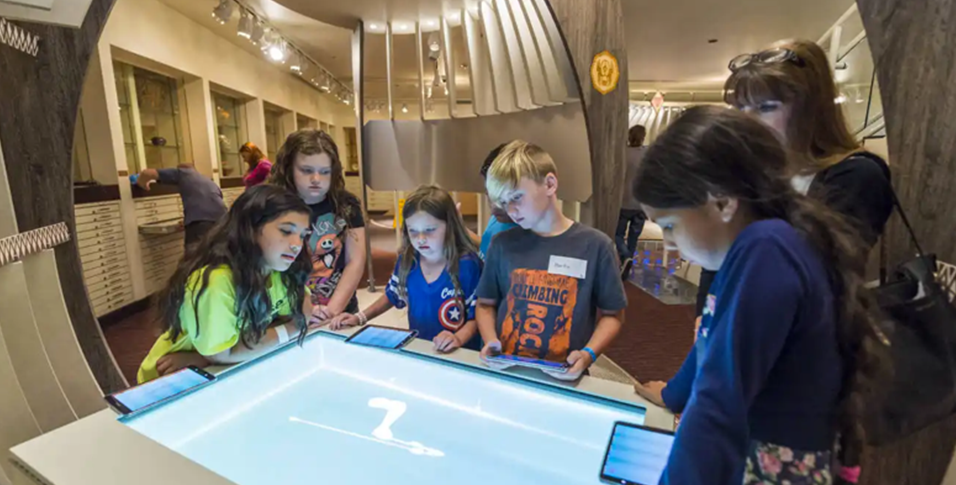
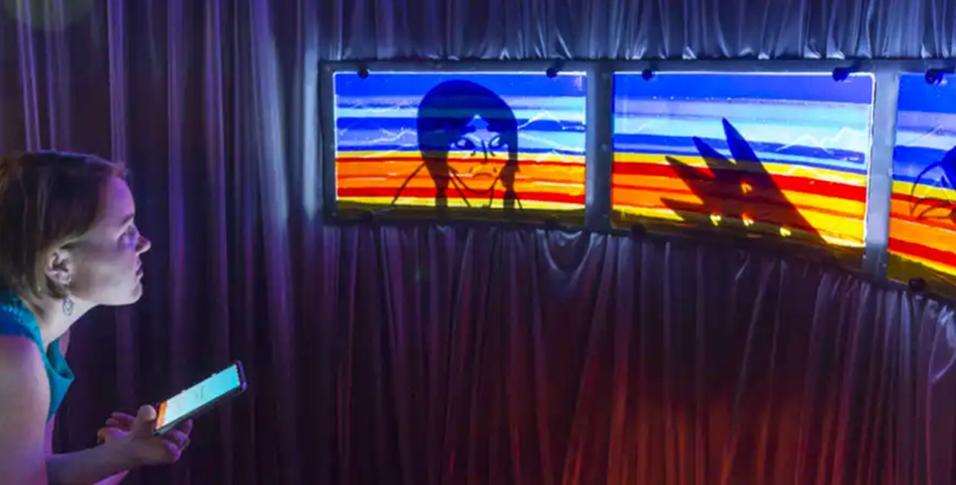
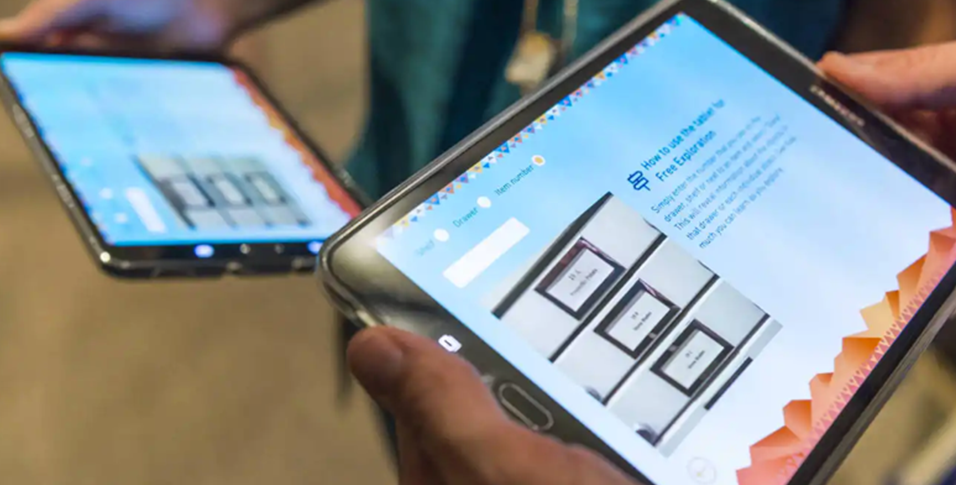
We’re always happy to talk to you about how immersive technologies can engage your employees and customers. If you have a learning objective in mind, or simply want to know more about emerging technologies like VR, AR, or AI, send us a message and we’ll get back to you as soon as we can.